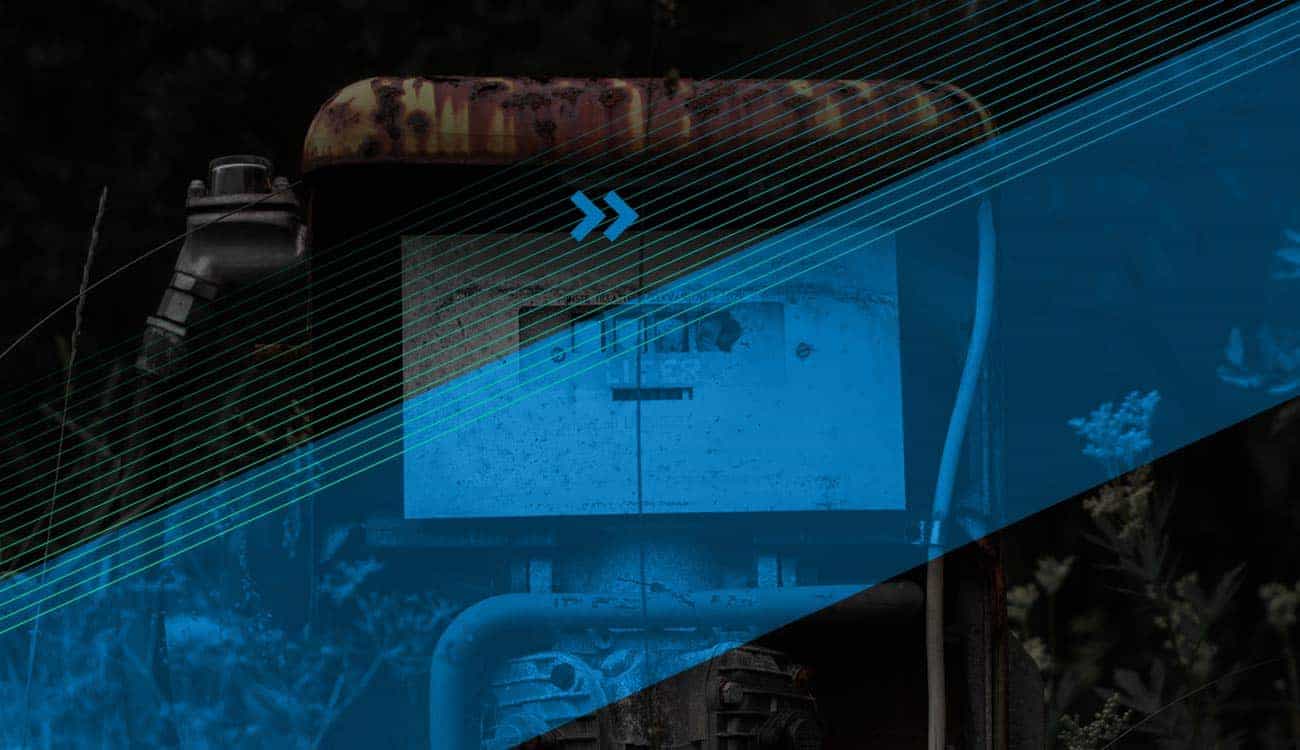[wd_hustle id=”InArticleOptin” type=”embedded”/]
This week we had our Morning Coffee with Ekaterina Lyapina, AI and IIoT Consultant at Zyfra.
Contxto – The oil and gas industry has had a brutal past few weeks. It was triggered by a failure by OPEC (Organization of the Petroleum Exporting Countries) and its allies to reach an agreement on a production cut.
Besides weak prices, the industry is threatened by a more consistent and structural crisis in the long-term. There are specific trends that will go on to cause uncertainty.
The IEA has highlighted the risks posed by today’s market conditions for vulnerable producer economies. The organization’s initial estimates of 50 to 80 percent drops in net income for selected producer countries in 2020, compared with 2019, were dramatic. But these declines could be even greater depending on the final extent of the demand drop and the economic slowdown.
First, the overall world economy is slowing down. This will be coupled with a transition to a lower-carbon world.
Second, is a growing oil production cost: exhaustion of old oil deposits and the end of light oil.
The third issue is the ageing asset infrastructure.
A fourth challenge is a dramatic workforce reduction, weak technical skills and employee scarcity.
According to BNamericas, digitization and automation, both in-house and at E&P operations, are becoming more important for cost reductions and profits in Latin America’s oil and gas industry during this critical moment of oil demand and price collapse.
All of the above make technology development and implementation a number one priority. So, what are those opportunities for the application of cutting edge methods to boost the oil and gas industry?
Latin America must automate production and shipping
In the context of the ongoing coronavirus (COVID-19) pandemic raging globally, the global oil industry is experiencing the biggest shock in its history. Therefore, oil and gas companies in Latin America are looking to implement solutions for automated adaptive planning scheduling of production, logistics and service processes.
Machine learning could leverage existing data to create finer and more precise business models for companies in Latin America.
It could predict profits and losses in detail. This prediction happens in a timely manner up to real-time. It considers key task dependencies, priorities and constraints for decision-making.
Then, a machine learning model chooses an optimal scenario for the current situation. This comes along with regular recommendations on plan execution and process improvement. So, the traditional “produce at all costs” model could be altered or replaced by a “produce in context” model.
This shift allows energy companies to be more flexible and able to deal with low oil or gas prices.
Brodies LLP, Scottish law firm, expects that a lack of on-site personnel will lead to delays and interruptions to supply and service delivery, and platform operations. Logistics providers may be delayed in, or unable to, send supplies to offshore platforms.
This could result in various platform operations, such as fabric maintenance, inspection, repair and replacement of equipment and drilling activities, being delayed or suspended. This presents significant consequences in respect of health and safety compliance and ultimately, energy production.
The stimulus measures shall be launched by the governments of Latin American countries to develop the digital economy. This will present a perfect opportunity to implement these projects, given that compared against the total investment volume, the cost of introducing digital technologies is small, yet they can yield results in just six months.
What’s more, these results will be quite significant, resulting in up to a 10 to 15 percent increase in labor productivity
Drilling for the new oil
The oil and gas industry is becoming an early adopter of artificial intelligence (AI), in attempts to speed up companies’ digital transformations.
According to Mordor Intelligence research, the market is expected to grow at a rapid pace and is estimated to expand at a compound annual growth rate (CAGR) of 12.66 percent during the period 2020 to 2025, with AI value reaching US$3.98 billion by 2025.
If you work in data analytics or a related field, you’ve probably heard the mantra that data is the new oil. When we take a look at the oil and gas industry there are a lot of opportunities for AI to create lower-cost designs that raise oil well productivity.
In coordinating different functional groups and assets machine learning could further reduce costs. There are some increasingly important applied technologies in 2020:
Risk detection with deep learning algorithms and drone operations
Testing and maintenance of pipelines are difficult tasks.
To check all the nooks and crannies of pipelines is costly. With AI in the form of deep learning algorithms, risk detection could be automated. The AI reveals patterns and weaknesses in the structure that may have otherwise been left undetected.
The footage of the installation is delivered by drones. Through their cameras, they provide video and images of any cracks or leaks, which is then analyzed and reported by their onboard AI.
Machine learning algorithms spot anomalies
Sites and installations of oil and gas companies are equipped with a lot of sensors. They gather huge amounts of data as it stands. But detecting anomalies manually is very hard if not impossible.
BCG has proved that AI can help find patterns that would have been missed normally and prevent further damage. This additional awareness leads to quicker responses to problems, preventing outages and breakdowns.
AI-powered recommendations
Changes to pump operation represent an untapped potential for oil extraction.
Currently, monitoring of pump operations is performed manually. This means that, due to limited human perception, the maximum oil flow rate cannot be achieved by exploiting online switch of operation modes. Routine analysis and changes in pump operation occur rarely, around once per month.
Some technologies may help maximise extraction thanks to the AI use. It augments human decisions by monitoring of “problem wells” and prioritising recommendations to change operating modes in an optimal way.
The system carries out an analysis of the planned and actual increase in flow rate while calculating real savings and doing self-learning.
AI prospects the best drilling locations
To reduce unfruitful drilling, AI supports in selecting the optimal drilling locations.
Current conventional best practices throw up far too many false positives. AI can predict targets for drilling based on gathered core drill data, soil samples, site surveys, and high impact data. So, Exploration and Production (E&P) processes can be optimized.
Predict oil corrosion risk with historical data and machine learning
Creating new insights from existing data is another application of AI.
It gets more interesting with company-wide opening of data silos. With a computational knowledge graph, all previous incidents and their causes could be used for prediction and recommendation.
So, the production stage could be more reliable and the storage of crude and refined oil in large tanks safer.
Transform and optimize business models with corporate AI
Machine learning could leverage existing data to create finer and more precise business models. It could predict profits and losses in detail.
This prediction happens in a timely manner up to real-time. So, the traditional “produce at all costs” model could be altered or replaced by a “produce in context” model. This shift allows energy companies to be more flexible and able to deal with low oil or gas prices.
Rig AI to support field technicians
Voice interfaces are becoming more popular. Conversational AI used in customer service might be modified to support field technicians. They can interact with diagnostics applications via voice controls utilizing commodity natural language processing for specialized tasks in hazardous environments. This increases productivity and speed of the technician.
Getting to the answers
Capturing better data about operations is the first step of getting better answers.
Companies should encourage more employees to ask different questions because it is their curiosity and creativity that will uncover and recognize business opportunities.
By broadening access to the data, a new perspective on businesses might be gained. Better questions lead to more complete answers and result in substantial business outcomes. We need to free people to run at full speed and chase their ideas.
Related articles: Tech and startups from Venezuela!
Ekaterina Lyapina, AI and IIoT Consultant at Zyfra, developing turnkey solutions for the mining, oil and gas, machinery, and metallurgy industries that drive digital transformation and enhance operational efficiency for businesses across the globe.






